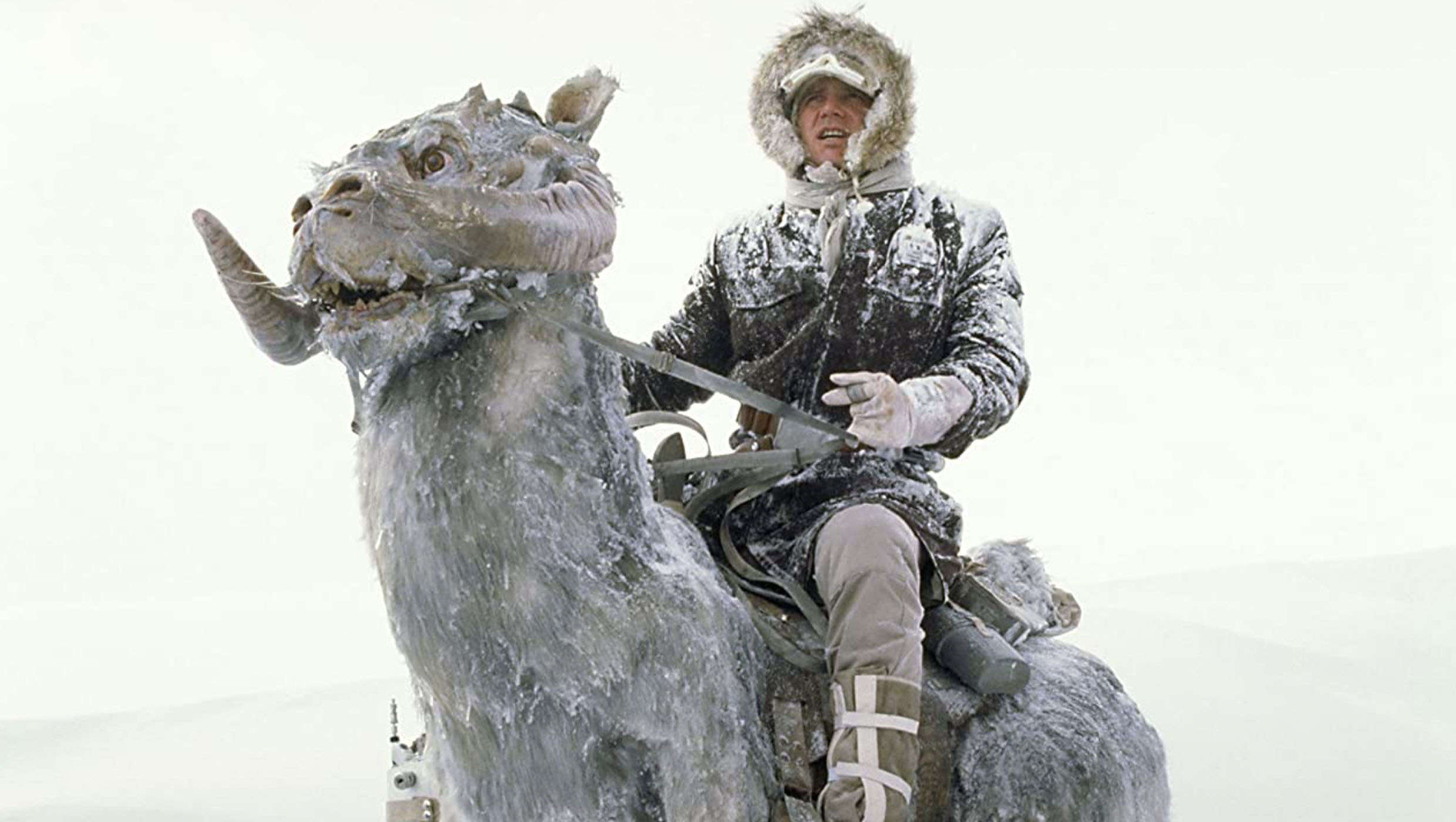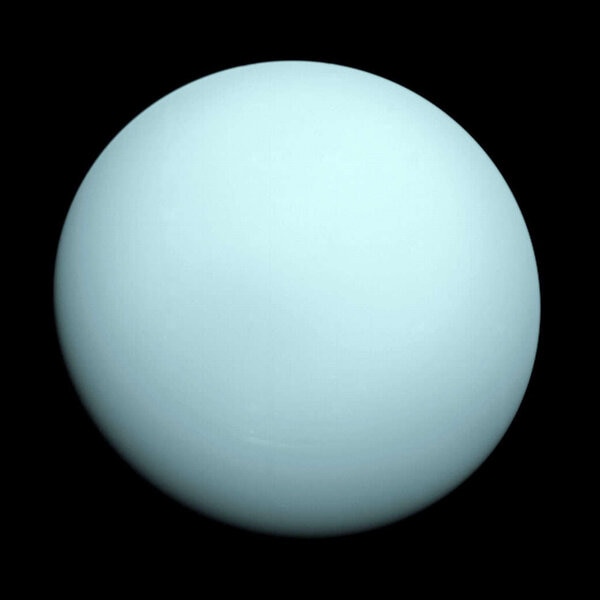Create a free profile to get unlimited access to exclusive videos, sweepstakes, and more!
Hoth-like frozen planet probably got kicked out of the solar system billions of years ago

Not to say that Hoth actually existed or that wampas and tauntauns are real, but in the early and violent days of our solar system, a monstrous frozen planet was flung out — possibly to a galaxy far, far away.
Whatever was our version of Hoth might have been the elusive ninth planet some astronomers keep searching for. If it really was Planet 9, then anyone on a quest to find it would be disappointed to find out it left the solar system ages ago. New research has found there was once a massive ice giant between Saturn and Uranus that got thrown out by gravitational forces. The unusual arrangement of planets in the solar system led a team of scientists to create simulations that reverse engineered it to figure out its formation, which is how the mystery ice giant appeared.
“There are several things about the solar system that seem at odds with the types of systems exoplanet detection surveys like TESS and Kepler have found,” Carnegie Institution for Science postdoctoral fellow Matt Clement, who led a study recently published in Icarus, tells SYFY WIRE.
Our cosmic backyard is weird (we just think it’s normal because we live here). Unlike many planetary systems orbiting Sun-like stars, there are no hot super-Earths around here. These are planets larger than Earth but smaller than Neptune. They don’t necessarily have to be rocky or remotely habitable, but nothing in that size range exists in the solar system even though super-Earths are common throughout the Milky Way. Hot super-Earths orbit about half of Sun-like stars. Their heat comes from orbiting so close to their stars, so why are the planets closest to our star so small in comparison?
Clement believes that Jupiter devoured so much gas and dust during its formation, it grew to be huge enough to have an immense amount of gravity that kept material from heading towards planets closer to the Sun. They struggled to grow in its shadow.
“The inner solar system must have been fairly starved of mass and planet-forming material relatively soon after the Sun was born,” he said. “One possible reason for this is that Jupiter grew so fast, it’s gravitational perturbations prevented material from making its way in towards the growing Venus, Earth, and Mars. Thus, the terrestrial planets like Earth grew from left-over crumbs of Jupiter’s rapid formation.”
It isn’t just the innermost planets that don’t fit in with what has been observed in other star systems. Another strange thing about the part of space we live in is that the larger planets which lurk further back are unlike giant exoplanets in most other systems. Exoplanets similar to Jupiter and Saturn in mass and distance from their star have orbits that are much less circular and further from one another. Other star systems are thought to form with planets much closer to each other in resonant orbits, in which one planet will orbit its star X times for every Y times another planet orbits it. The thing is, planets in these arrangements are prone to chaos if one of them is thrown out of the system.
“These types of systems experience violent orbital instabilities where planets are lost and ejected, and the remaining ones rapidly move around and attain the elliptical orbits and broadly spaced orbital structures we observe,” said Clement.
How the solar system evolved to be the misfit star system it is now gets even weirder when you go back several billion years. The giant planets are thought to have formed and orbited close to each other much like they tend to do in many other systems, and there might have been at least one other ice giant in there until gravitational instability sent it flying through space. Clement and his team saw this in action after running over 6,000 computer simulations that basically undid the solar system and the rebuilt it. Some previous simulations had either shown Uranus or Neptune being thrown out with Saturn kicked to the very back. Others showed only mild instabilities that were not strong enough to hurl a planet into the void.
The new simulations run by Clement’s team reveal something different. If Jupiter and Saturn originally formed further from one another, and were positioned so that Jupiter would complete two orbits for every orbit of Saturn’s, both planets would have interacted with gas that shaped their orbits into the more elliptical paths they follow today. This is still hypothetical since there are so many possibilities for what could have happened. The researchers needed to run simulation after simulation to see what fit where in the best possible way.
“We first simulated how the giant planets grew and arranged themselves into compact, resonant chains of orbits,” Clement said. “Then we performed thousands of computer simulations of these chains to study all the different instability possibilities. Finally, we compared important aspects about the final structures of these systems to the solar system’s actual architecture to see which 'birth configurations' of the giant planets seemed most likely.”
So long as the Sun stays alive, Clement believes orbits will remain pretty stable, though there is a chance Mercury could end up smashing into Venus and being sent off in the far future. At least it doesn’t look like there will be any games of bumper planets in our solar system any time soon.



























